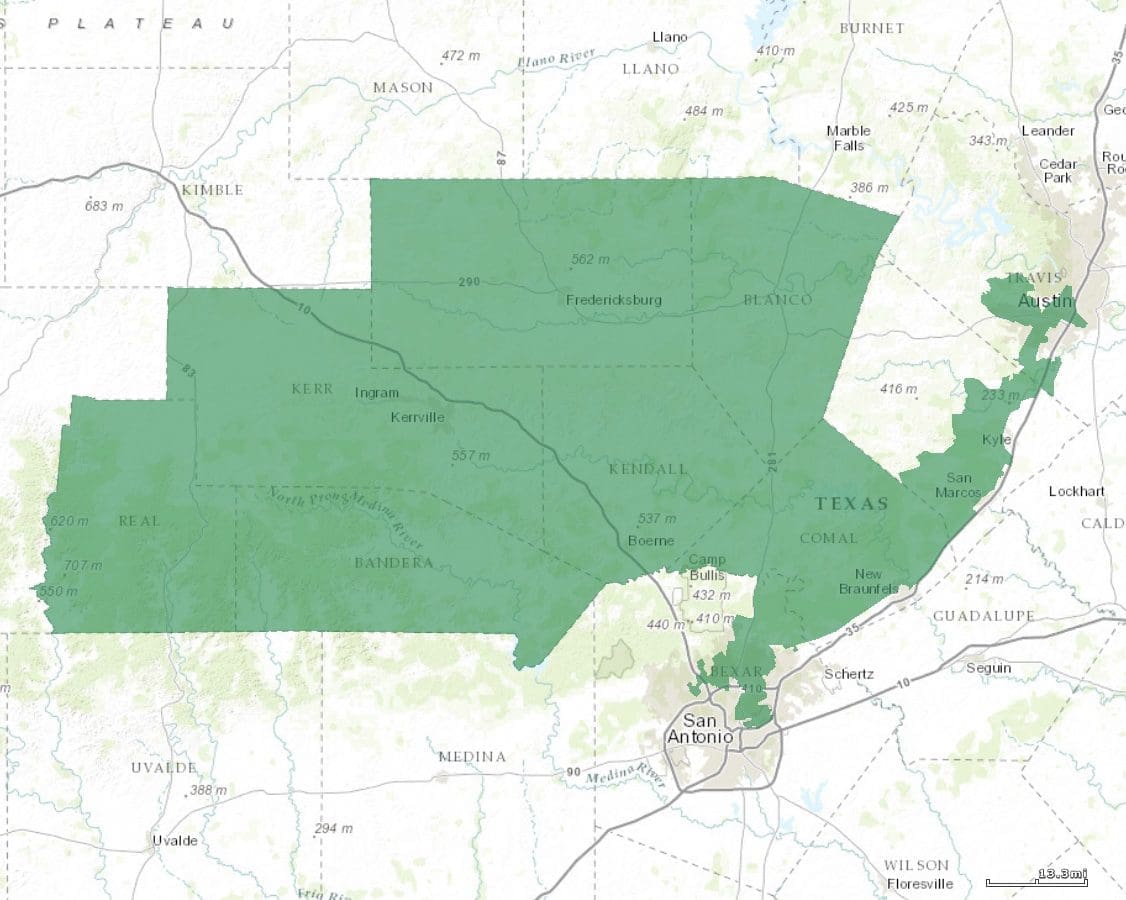Late last week, the Democratic Congressional Campaign Committee brain trust, members of the House Majority leadership including Speaker Nancy Pelosi (D-CA), and most of the Texas Democratic delegation announced they are supporting an event to encourage former Lone Star State gubernatorial candidate and ex-state Senator Wendy Davis to run for Congress.
Even before the event commenced, Ms. Davis confirmed that she will challenge freshman Rep. Chip Roy (R–Austin), who won a close 50-48 percent open-seat victory in 2018 from a district that stretches from San Antonio to Austin and through the Texas Hill Country.
Ms. Davis was the 2014 Texas Democratic nominee for governor but went down to a crushing 59-39 percent defeat at the hands of then-Attorney General Greg Abbott (R). At the time, Wendy Davis was a Fort Worth-area state senator who had gained statewide publicity for attempting a 2013 solo filibuster to block a bill that would have outlawed abortion after 20 weeks of pregnancy, in addition to other restrictions.
The publicity jettisoned her into a statewide candidate but ended in a 20 percentage point loss. Now the party leadership is hoping to make her a viable congressional candidate some 200 miles from her legislative district. Ms. Davis was elected twice to her Fort Worth-area Texas Senate seat, defeating an incumbent Republican in her first election in 2008, and winning re-election in equally close proportion.
Interestingly, the vote totals for and against her hardly changed from 2008 to 2012. In her first election, Ms. Davis attracted 147,832 votes. In her successful re-election bid, she received 147,103. Though her Republican opponents were different individuals, including an incumbent in 2008, they also received almost an identical number of votes: 140,737 (2008) and 140,656 (2012). Texas is one of two states, California being the other, where the state Senate seats are more populous than congressional districts. After losing the gubernatorial race, Sen. Davis chose to not seek re-election in 2016 and moved to the Austin area.
The variations of central Texas’ 21st District have been under Republican control since former Rep. Tom Loeffler (R–San Antonio) became the first GOP candidate to win the region in 1978. It has remained a Republican staple ever since and then for 32 consecutive years under now-retired Rep. Lamar Smith (R–San Antonio).
The 21st contains all or parts of 10 Texas counties, including significant sections of Bexar (San Antonio) and Travis (Austin). The seat then stretches into the region known as the Hill Country to annex six whole counties that include the cities of Fredericksburg, Kerrville, and Bandera.
TX-21 has been a reliable Republican domain, even when taking into account Rep. Roy’s close two-point victory over largely unknown Democratic nominee Joseph Kopser last November. At the presidential level, Donald Trump carried the district 53-43 percent, Mitt Romney outpolled President Obama 60-38 percent, and John McCain posted a 56-42 percent margin over then-Sen. Obama, back in 2008.
Before Mr. Roy was elected, Rep. Smith recorded victory margins of 57-36 percent, 72-15-13 percent over a Green and Libertarian Party candidate, and 60-35 percent in the district’s current configuration stretching through the 2016, ’14, and ’12 elections, respectively. The addition of a significant part of Travis County under the 2011 redistricting plan does make the seat more competitive, however.
There is no question the money will fly for this impending campaign that will attract national media coverage. The Democratic leadership commitment coupled with Ms. Davis’ own fundraising ability means she can count on having a multimillion-dollar war chest at her disposal. The Republicans, however, had little trouble raising funds against her in the gubernatorial race, which will presumably be similar for the congressional election. For his part, Rep. Roy has raised just under $665,000 to date, with over $655,000 in his campaign treasury. He spent $1.7 million in his 2018 race while his Democratic opponent topped $3 million in expenditures.
We can also count on seeing a strong ideological contrast campaign strategy coming from both candidates. Ms. Davis will run clearly to the left, and Rep. Roy, a former chief of staff to Sen. Ted Cruz (R-TX), will continue to stake out his right flank. In any event, this Texas race will be one of the most closely watched campaigns in the country next year.
There are already three other announced Democratic candidates, but Ms. Davis will have little trouble in winning the party nomination on March 3. Mr. Kopser, the 2018 nominee who posted 48 percent against Mr. Roy, announced weeks ago that he would not return for a rematch.
This is a commentary submitted and published with the author’s permission. If you wish to submit a commentary to Texas Scorecard, please submit your article to submission@texasscorecard.com.




